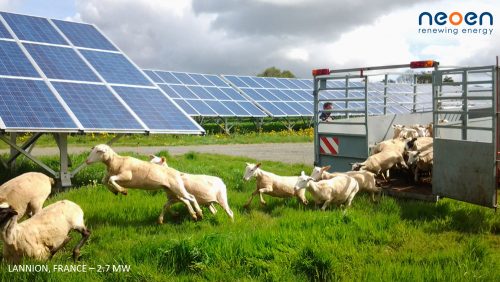Neoen’s 100MW Numurkah solar farm in north west Victoria will supply energy to the GFG Laverton steelworks (part of GFG’s LibertyOneSteel, and GFG’s SIMEC ZEN Energy) as part of a 15 year deal which has been called a part of the ‘revolution of the century’, according to the Neoen chief executive.
Numurkah solar farm and the Laverton steelworks

The deal is between GFG Alliance (Sanjeev Gupta’s company) and Neoen Australia (French renewables giant responsible for many recent Australian solar projects) to supply power to the Laverton steelworks via the Numurkah solar farm, which consists of 500 hectares of ground mounted solar panels .
“We see Australia – with its incomparable energy resources – as the natural home for expansion of energy-intensive industry, with renewables to play an integral role.”
Xavier Barbaro, Neoen’s chief executive. wasn’t afraid to think big when discussing the current state of energy in the world:
“The switch from fossil fuels to renewable energy is the revolution of this century,” he said.


